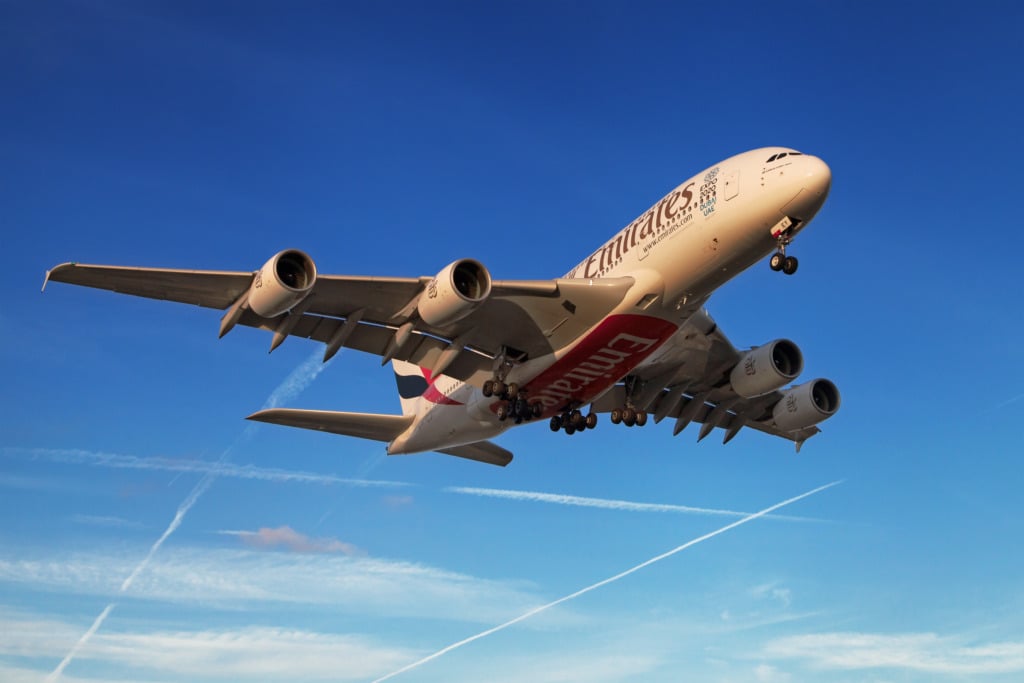Emirates Airlines is considering expanding its operations in Kenya as demand for passenger and cargo services continues to grow. The Dubai-based carrier, which currently operates double daily flights to Nairobi, plans to increase frequency to meet the surging market needs from business, leisure, and freight customers.
According to Emirates Regional Director and Country Manager for Kenya, Christophe Leloup, Kenya remains the airline’s second-best performing market in Africa, after South Africa. Leloup noted that Kenya’s expanding tourism sector and strong trade links present a major opportunity for Emirates to scale up operations.
“If the ambition of tourism grows to five million tourists by 2030, it will require more seats, more capacity, and more frequency from Emirates,” said Leloup. “We can realistically offer between 20 and 25 percent growth in the next three years.”
Since launching operations in Kenya three decades ago, Emirates has transported over 6.6 million passengers through Nairobi’s Jomo Kenyatta International Airport. The airline’s growth plans align with the Kenyan government’s efforts to attract five million tourists within the next five years—a move expected to boost demand for international air travel.
Beyond passenger flights, Emirates is also eyeing expansion in the cargo sector. Leloup revealed that the airline will add five new freighter aircraft as part of its broader fleet expansion of 21 aircraft, aimed at enhancing its capacity to handle Kenya’s exports, including flowers, fruits, vegetables, and meat. In 2024 alone, Emirates transported 16,000 tons of Kenyan produce to markets in the UAE, Europe, and beyond.
The airline’s expansion comes on the back of the Kenya-UAE Comprehensive Economic Partnership Agreement (CEPA), which aims to strengthen bilateral trade and open new export opportunities for Kenyan producers.
However, Leloup cautioned that proposed additional air ticket levies in Kenya could increase travel costs and hinder aviation growth. Despite this, Emirates remains committed to deepening its presence in Kenya, where it already employs over 1,000 Kenyans, including 250 cabin crew and more than 40 pilots.

